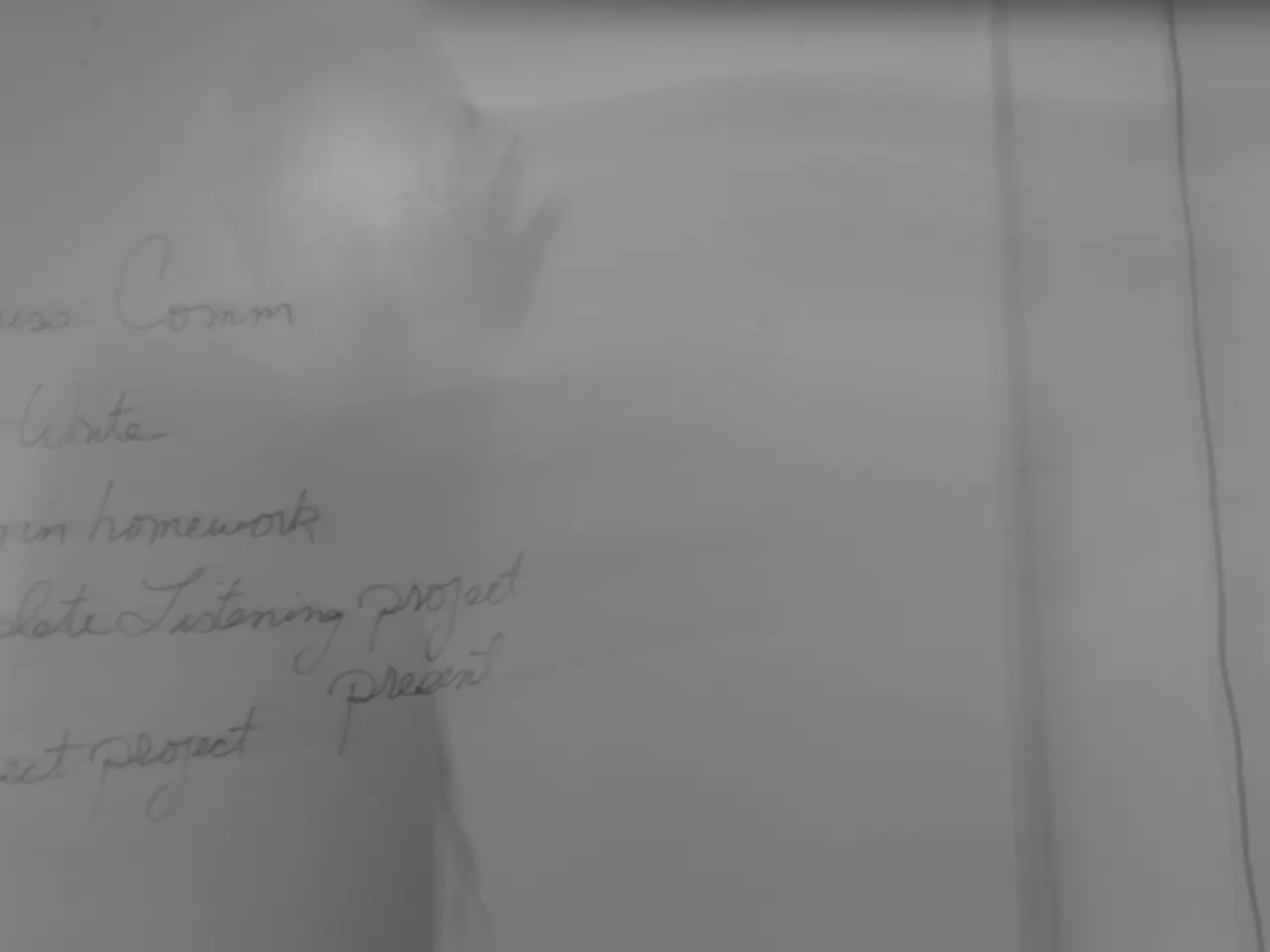Developing an Optimal Approach for Patent Application Implementation
In the world of innovation, patent prosecution plays a crucial role in transforming ideas into legally protected intellectual property. This process, which takes place after a patent application has been filed, involves a series of steps, including office actions and office action responses.
During patent prosecution, it can be challenging to evaluate the cost, likelihood of allowance, which claims might get allowed, and whether the right counsel is being utilised for the application. This is where Triangle IP's TIP tool comes into play, offering advanced analytics and data-driven insights to streamline the patent prosecution process.
The TIP tool analyses various factors, including prior art, examiner behaviour, claim rejections, and prosecution histories, to help patent professionals understand the key factors that lead to allowance or rejection. By using TIP, users can:
- Gain insights into examiner tendencies and prior allowance patterns.
- Identify the most effective claim language or amendments that increase allowance chances.
- Predict examiner responses to specific amendments based on historical data.
- Strategise prosecution steps to expedite allowance and avoid repeated rejections.
Moreover, TIP takes the examiner's track record into account to help applicants make informed decisions about the resources each application could need. Examiners at the patent office are assigned to applications randomly, and their allowance rates can vary significantly. TIP provides analytics on examiners, including their allowance rates, which can help applicants understand what to expect during the prosecution of their application.
The TIP tool also considers the patent counsel's track record in the specific technology field during the hiring process. Some examiners have low allowance rates, which can lead to more rounds of argument, higher legal fees, and a longer prosecution process. By considering the counsel's track record, TIP helps applicants make more informed decisions about their patent prosecution team.
In addition, the TIP tool allows users to appeal rather than continuing prosecution with the examiner, and it enables them to change patent counsel if needed. It also flags patent counsels with extraordinarily good or bad track records, providing valuable information for decision-making.
Maintaining high quality in invention disclosures can significantly impact the efficiency of patent prosecution steps. By focusing resources on applications that meet a company's criteria, TIP helps applicants allocate their finite resources effectively.
In conclusion, TIP supports decision-making throughout patent prosecution to improve the likelihood and speed of patent allowance by using actionable data rather than intuition alone. This aligns with the overall prosecution process as described in sources like PatentPC’s step-by-step guide and strategic considerations for filing and accelerated prosecution. With TIP, the path to a patent becomes more transparent and manageable, making the journey from idea to invention smoother and more efficient.
- Understanding the cost, likelihood of allowance, potential claims, and efficient utilization of counsel can be challenging during patent prosecution; Triangle IP's TIP tool addresses this by offering advanced analytics and data-driven insights.
- TIP analyzes various factors such as prior art, examiner behavior, claim rejections, and prosecution histories to provide insights on examiner tendencies, key factors leading to allowance or rejection, effective claim language, and predicting examiner responses.
- TIP considers the examiner's track record in the patent office, helping applicants make informed decisions about resources required for each application as allowance rates may significantly vary among examiners.
- By taking the patent counsel's track record in the specific technology field into account, TIP assist in making more informed decisions about the patent prosecution team, reducing the risk of more rounds of argument, higher legal fees, and a longer prosecution process.
- TIP enables users to appeal when needed, change patent counsel if required, and flags counsel with extremely good or bad track records for better decision-making during the patent prosecution process.
- Maintaining high quality in invention disclosures can impact the efficiency of patent prosecution steps; TIP supports applicants in allocating finite resources effectively by focusing on applications that meet their business criteria.




